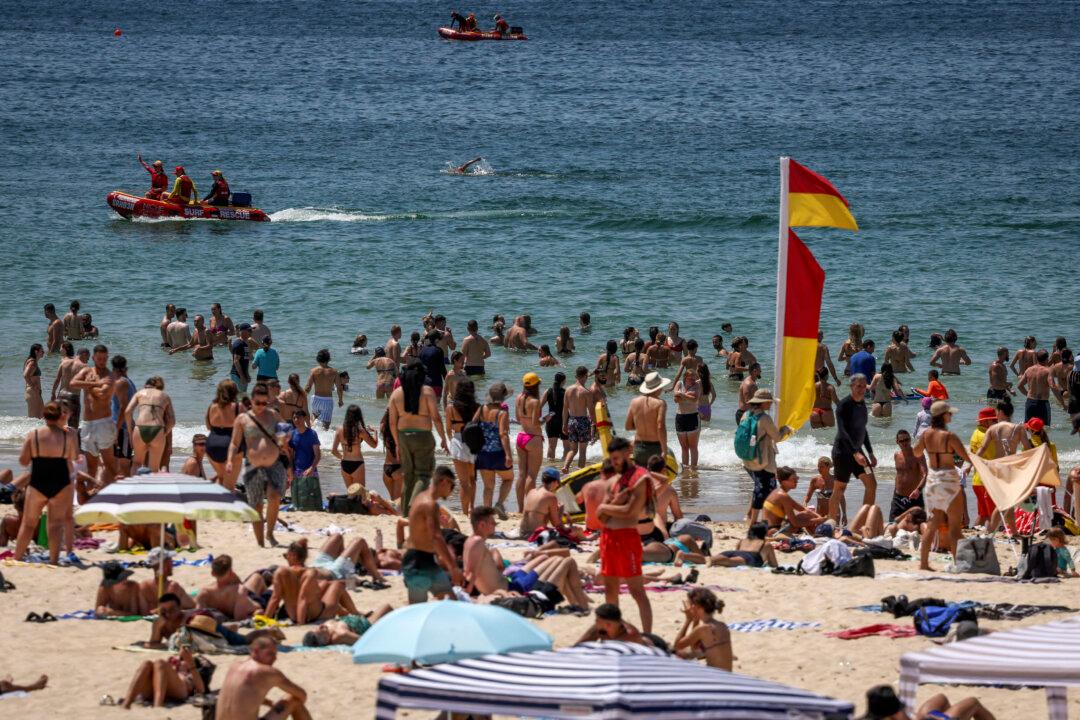Northern Australia is sweltering in heatwave conditions, with no relief in sight.
Queensland is expected to cop the brunt of temperatures set to soar past 40 degrees Celcius over the coming days, prompting a health warning.
The top half of Australia is already sweating with large parts of Queensland, the Northern Territory (NT), and northern Western Australia (WA) enduring a heatwave.
Temperatures in the NT and WA could reach between 41 degrees Celcius to 43 degrees Celcius in the coming days.
The Pilbara region of WA reached up to 42 degrees Celcius on Nov. 8 with high temperatures forecast from Broome to the state’s border in the coming days, the Bureau of Meteorology said.
In the NT, Darwin almost reached 35 degrees Celcius on Nov. 8 with heatwave conditions set for much of the western Top End.
Queensland is already baking hot with the thermometer hitting 44 degrees Celcius in Longreach and 42 degrees Celcius at nearby Isisford with severe heatwave conditions spanning much of the state’s west.
Even the capital Brisbane isn’t immune, with temperatures hitting 33 degrees Celcius on Nov. 8 after reaching 24.4 degrees Celcius overnight, the city’s warmest November evening since 2008.
Queenslanders won’t be getting a reprieve any time soon, with temperatures set to soar up to 8 degrees Celcius above average.
“We don’t have a significant change of weather event to rein this in, so we won’t see cooler weather over the next five to seven days but we will see a gradual easing,” the bureau’s Angus Hines said.
Severe heatwave warnings are set for inland north, central and southeast Queensland over the next three days, with the northwest expected to be hit hardest.
The sweltering conditions have prompted a health alert in Queensland warning of the potentially “catastrophic” results of heat-related illness.
Queensland Ambulance Service on Nov. 8 urged pregnant women, the elderly, and anyone with existing health issues to be vigilant and stay hydrated, warning against complacency.
“If you do get a heat-related illness it can be catastrophic,” Queensland Ambulance’s Lachlan Parker said.
“This is not a time to be outside building retaining walls and mowing the lawn.”
Symptoms of heat-related illness included an altered conscious state, slurred speech, difficulty waking up and even seizures. These are “really, really serious” and an ambulance should be called, Parker said.
The weather has ensured fire crews are on high alert with almost 70 blazes burning across Queensland on Nov. 8.
The Rural Fire Department said it was most concerned about blazes in the state’s north and southwest, with a “prepare to leave” warning current for Kinkora State Forest west of Brisbane.
“People need to remain vigilant over next couple days in light of this warm to hot and windy conditions,” the department’s Bill Millington said.







